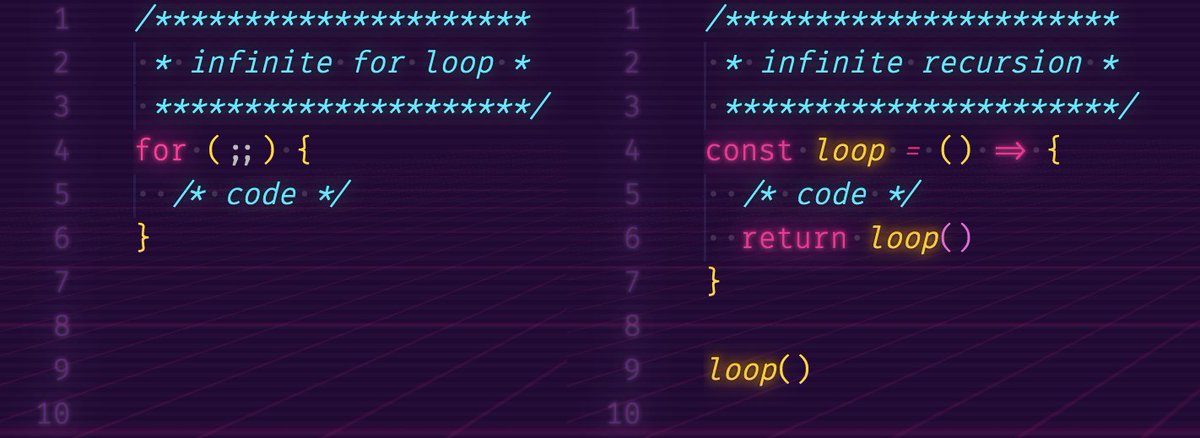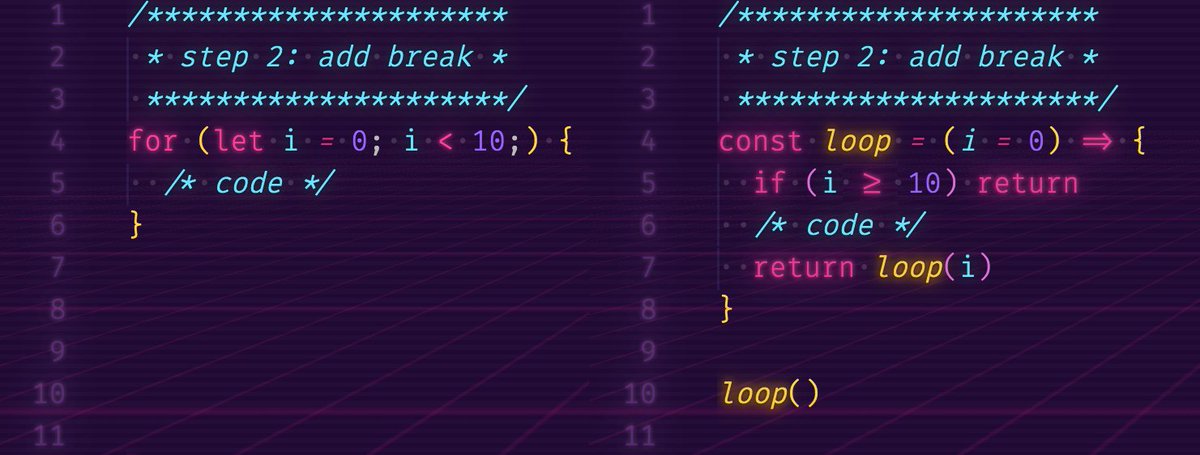Often abbreviated to just “quantum supremacy,” the term refers to the use of a quantum computer to solve some well-defined set of problems that would take orders of magnitude longer to solve with any currently known
There are two issues here. First, the devices currently being built by Google, IBM, and others have 50-100 qubits and no error-correction. Running Shor’s algorithm to break the RSA
So, I can tell you, but I’ll feel slightly sheepish doing so. The calculation is: a “challenger” generates a random quantum circuit C (i.e., a random sequence of
It’s like, have a little respect for the immensity of what we’re talking about here, and for the terrifying engineering that’s needed to make it reality.










